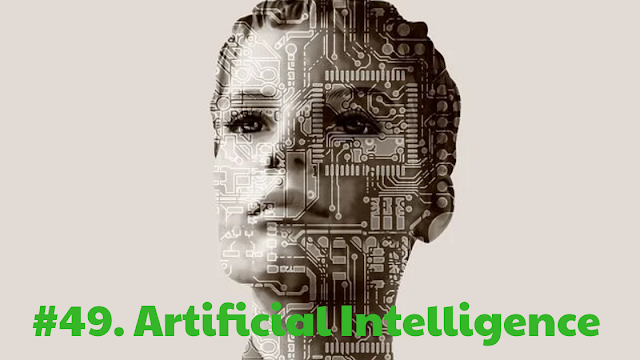Generator-
Generators are helpful for providing the electrical energy we utilize regularly, from the lights in your study hall to Television, computer, and even our mobile phones. Now, it is important to understand how the generator produces electricity.
This story is about a generator.what is the science behind the generator?
Generator does not actually produce electricity. It only converts mechanical energy into electrical energy. For better understanding, we have to learn more about its parts.
The parts of a generator are:
Motor
The motor supplies vitality to the generator. The intensity of the motor decides how much power a generator can give.
Alternator
This is the place the transformation from mechanical vitality to electrical vitality happens. Likewise called a "gearhead", the alternator contains both moving and fixed parts that cooperate to make the electromagnetic field and development of electrons that creates power.
Fuel System
The fuel framework makes it workable for the generator to create the vitality required. The framework incorporates a fuel tank, a fuel siphon, a channel interfacing the tank to the motor, and an arrival pipe. A fuel channel evacuates trash before it gets to the motor and an injector powers the fuel into the burning chamber.
Voltage Regulator
This part helps control the voltage of the power that is created. It likewise helps convert the power from AC to DC, if necessary.
Cooling Systems
Generators make a great deal of warmth. The cooling framework guarantees the machine doesn't overheat. The fumes framework direct and expel the vapour the structure during activity.
Battery
Batteries are utilized to fire up the generator. The battery charger is a completely programmed segment that guarantees the battery is all set when required by providing it with a steady low-level of voltage.
Control board
The control board controls each part of generator activity from fire fully operational speed to yields. Present-day units are even equipped for detecting when force plunges or goes out and can begin or shut off the generator naturally.
Frame
This is the body of the generator. The part we see; the structure that holds it all set up.
How does a generator work?
The generator designed by electromagnetic induction, which is illustrated by Michael Faraday. Michael Faraday found the hypothesis of electromagnetic enlistment in 1831, which expresses that when a conductor is set in a magnetic field, voltage is initiated in it. It is a similar component in the generator which produces mechanical energy in the turbine. The inward burning motor is the essential wellspring of mechanical energy in the generator. At the point when an electric voltage is delivered as a result, a piece of it streams into the coil which makes a magnetic field.
The Faradays law found the information of a magnetic field with an electric circuit to create electromotive power. The wonder is named as electromagnetic induction.
I hope you may like this story about generator.











